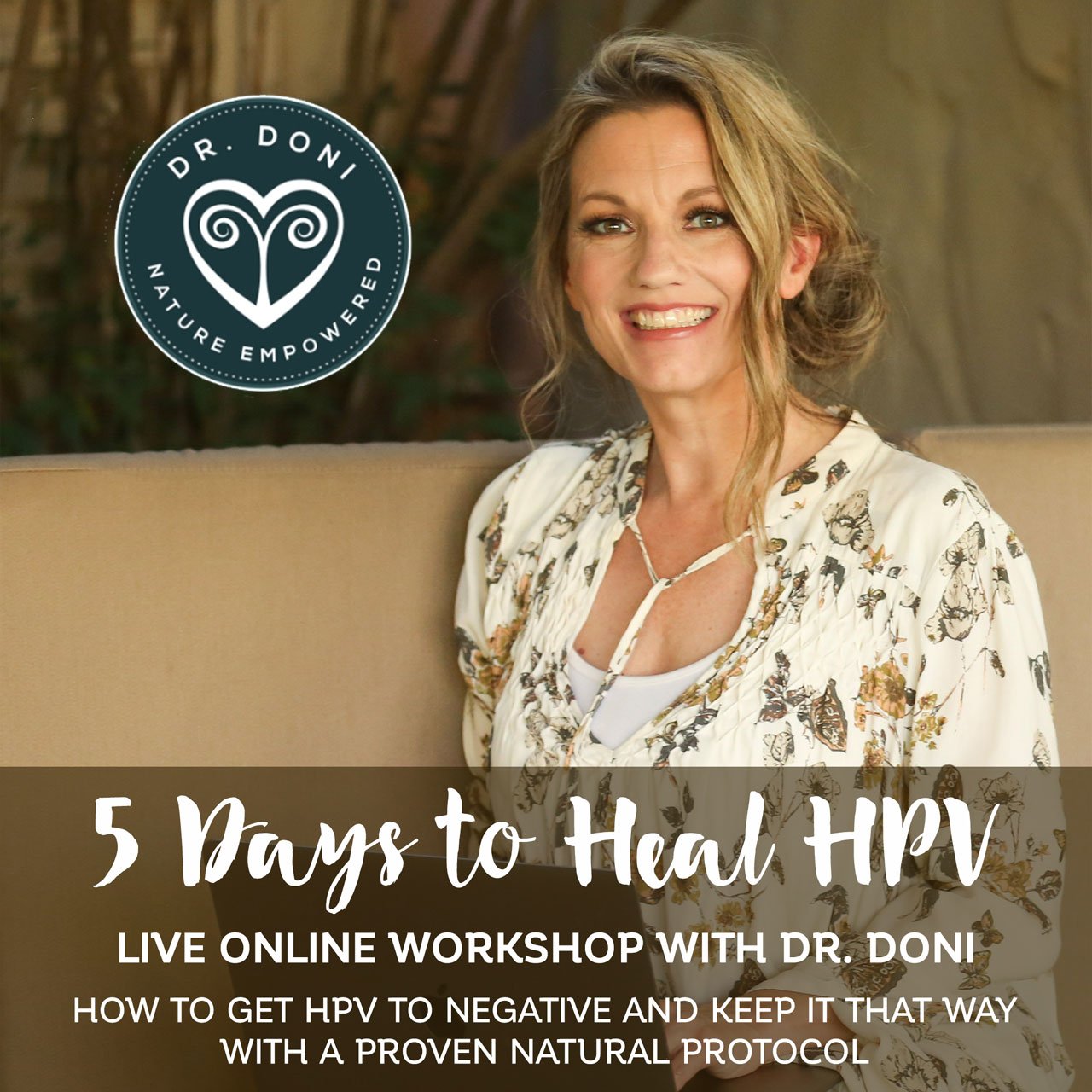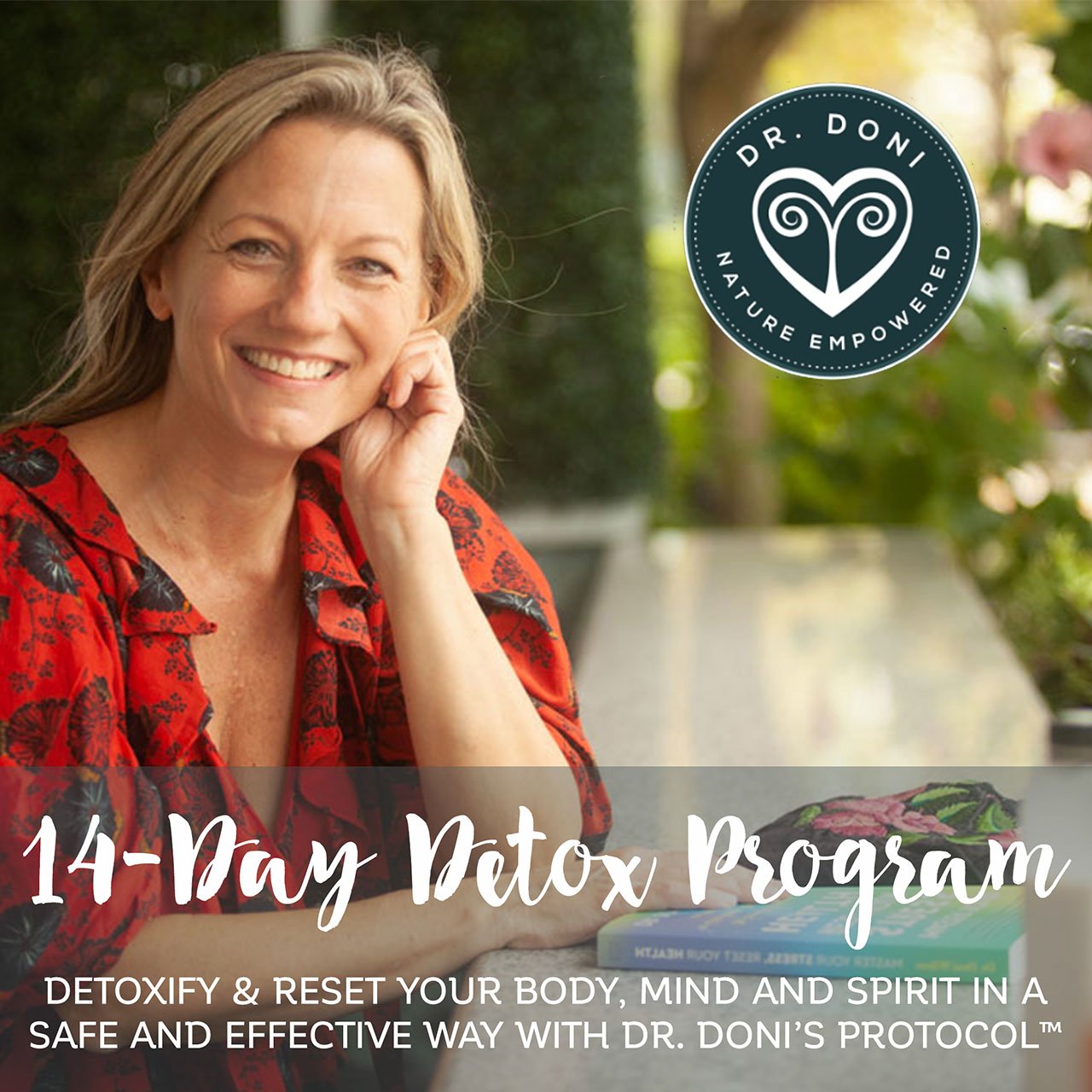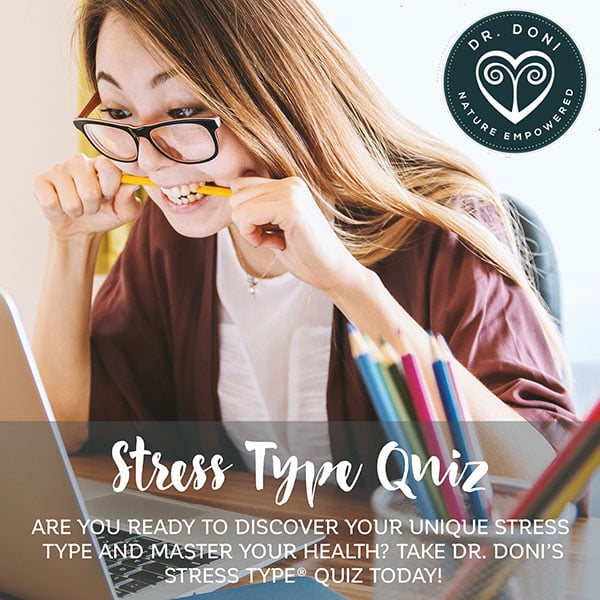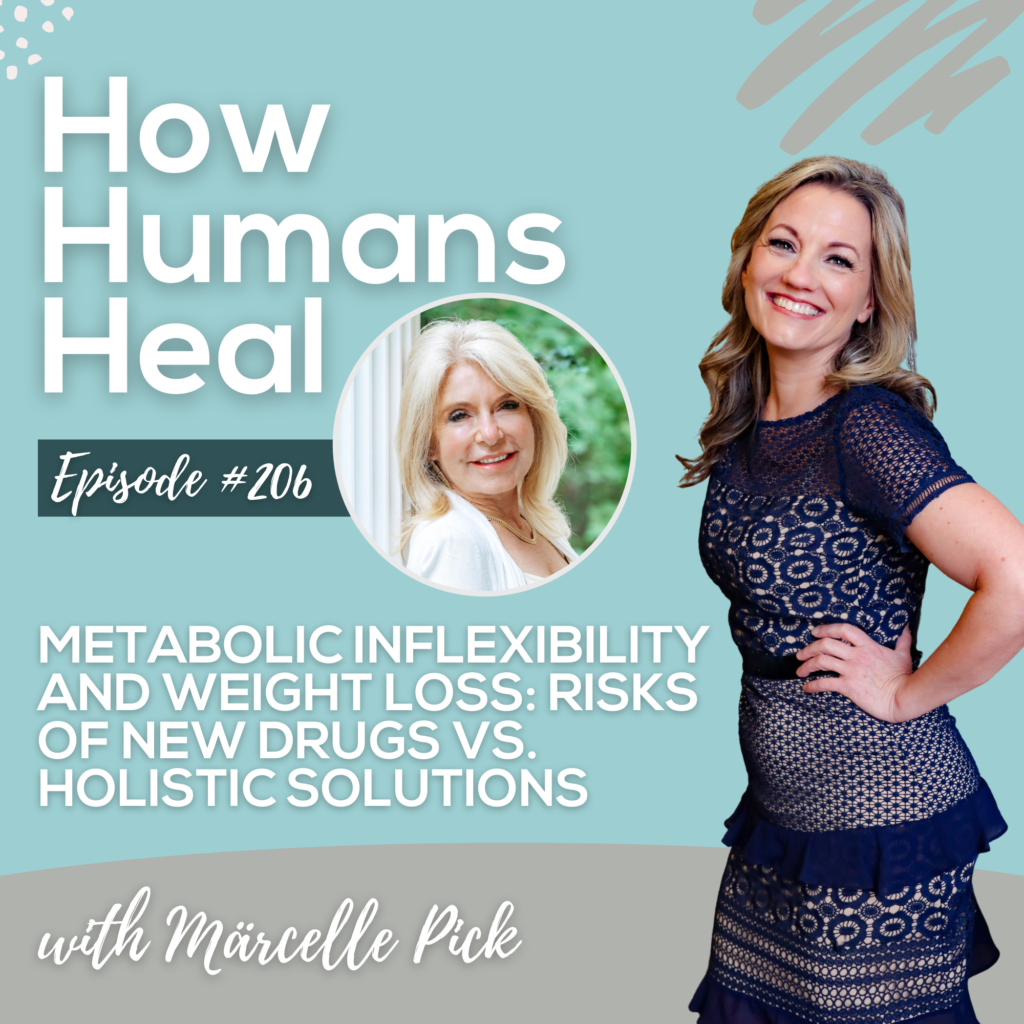
How to Increase Your Stress Radar
- Home
- Stress & Adrenal Fatigue
- How to Increase Your Stress Radar
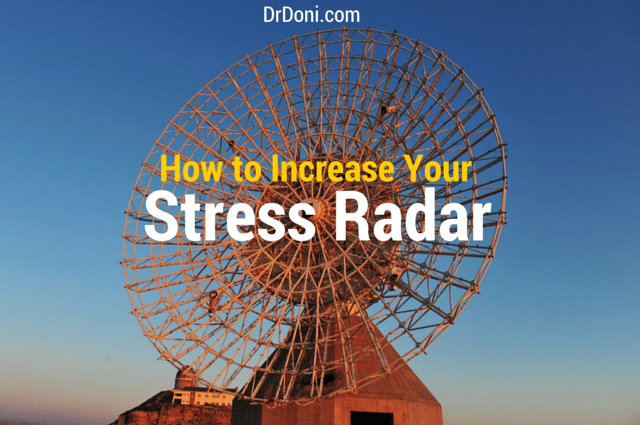
Dr. Doni explains how her “stress radar” allows her to notice what causes and what reduces stress in her environment and explains how you can learn to do the same.
 I recently visited the Southwest College of Naturopathic Medicine (SCNM). As I toured the new building with my friends, Dr. Paul Mittman, the CEO of SCNM, and Razi Berry, Founder of NDNR and NaturalPath, Razi noticed that every comment I made about the beautiful new center had something to do with its relationship to stress. For example, when we walked through the area where there were at least half a dozen private glass-walled study rooms for students, I said, “Wow, what a stress-free way to study or just get away.” And a bit later as we walked into the gym which is well-equipped with the right weights, the latest cardio machines and a window-view, I said, “What a great place to de-stress.”
I recently visited the Southwest College of Naturopathic Medicine (SCNM). As I toured the new building with my friends, Dr. Paul Mittman, the CEO of SCNM, and Razi Berry, Founder of NDNR and NaturalPath, Razi noticed that every comment I made about the beautiful new center had something to do with its relationship to stress. For example, when we walked through the area where there were at least half a dozen private glass-walled study rooms for students, I said, “Wow, what a stress-free way to study or just get away.” And a bit later as we walked into the gym which is well-equipped with the right weights, the latest cardio machines and a window-view, I said, “What a great place to de-stress.”
I hadn’t even noticed this before but, thanks to Razi, now I do! Because of my focus on stress in my work, I have specially trained my brain to notice stress and stress-reducing activities and environments. It’s like my brain is on auto-pilot when it comes to noticing what does and does not add to the stress-load in any given situation. Razi calls it my “stress radar” – the ability to notice and anticipate stress.
Based on my “stress impact evaluation,” the new SCNM academic building passes my “stress-free zone” approval with flying colors. ☺
Now, you might be thinking that a stress radar sounds like a pretty useful thing to have and wondering if you can get one of your own. Well, we all have the ability to do develop one; it just takes a bit of training. Here are two simple steps to help you increase your own stress radar.
Step 1: Identify what is stressful in general, and especially what is stressful to you.
Here are some examples:
- Fluorescent lights
- Clutter and chaos
- Loud and unpredictable noises
- Long to-do lists
- Closed spaces
- Piles and stacks of papers or things to do
- Toxic fumes such as from candles, perfumes, cleaning products and/or off-gassing
- Mold and mildew
- Lack of sleep
- Sugar, processed foods, and gluten
Step 2: Identify what activities and environments help to decrease stress—or what I refer to as “stress remedies.”
Here are some of my favorites to get you started:
- Plants and flowers
- Open spaces
- Comfortable seating or chairs
- Yoga or your exercise of choice
- Colors
- Pictures of nature
- Windows
- Music or sounds of nature
- Smiles and laughter
- Air filters and clean air
- Pets
That’s it. Pretty simple, right? So now that you have primed your stress radar by understanding what counts as stress and what counts as a stress remedy, you’ll be able to use it to get a sense of the space you are in rather quickly and with practice it will become instinctual. To begin with you might ask yourself: How do I feel in this space? What do I notice? Do I feel like I’d want to stay a while? Can I imagine being here all day? Over time and with practice you will start to automatically assess every space you enter for its “stress impact.”
You can also use this “stress radar” tool to evaluate your own spaces both at home and at work. How are they turning up on your stress radar? Are there some things that need to be addressed? Have a “stress-less list” of things for you to work on little by little.
This past week for example, on my “stress-less” list I had the following items:
- Clean oven with non-toxic cleaning materials. My daughter Ella and I used apple cider vinegar and baking soda with great results!
- Change shower curtain liner with PEVA non-toxic liner. I ordered a LIPA shower curtain liner and hung it up and can now relax knowing that I’m not breathing in toxins while I shower.
- Clean filters in furnace/AC unit. I like to clean them at the beginning and end of winter so I can be sure the air is not filled with dust and toxins.
- As gardening is known to reduce stress, pick dead leaves off plants and move plants from indoors to outdoors for summer and plant new annuals outside.
- Order new chairs that allow me to relax and write comfortably—still on the list!
With your newly discovered stress radar, I challenge you to look around the space you are in now and see how many stressors there are, think about how you can remedy them and make your own “stress-less list.”
I have been working in the field of stress and the things that help lower stress for many years and over this time I have created a number of resources you might find useful – here is a list:
- The Stress Remedy book – about 300 pages with 3 week menu plan, over 50 recipes, and many resources to support you with the process.
- Stress Remedies – a 38 page e-Book available here and at Amazon/Kindle for 99 cents.
- Burnout Online Quiz with free 7-days of Burnout Reset email tips.
- Stress Remedy Shake – vegan, pea protein in chocolate, vanilla, and berry flavors.
- Stress Remedy 7 and 21 day programs to support you to implement stress remedies into your life.
And when you sign up for my weekly newsletter, you’ll receive a free copy of my Burnout Reset Action Guide.
–Dr. Doni
31st May 2016
Share this Post:
Dr. Doni Wilson's Team
14 Day Detox Program
Take the Stress Type Quiz
Dr. Doni Social Media
Popular Posts

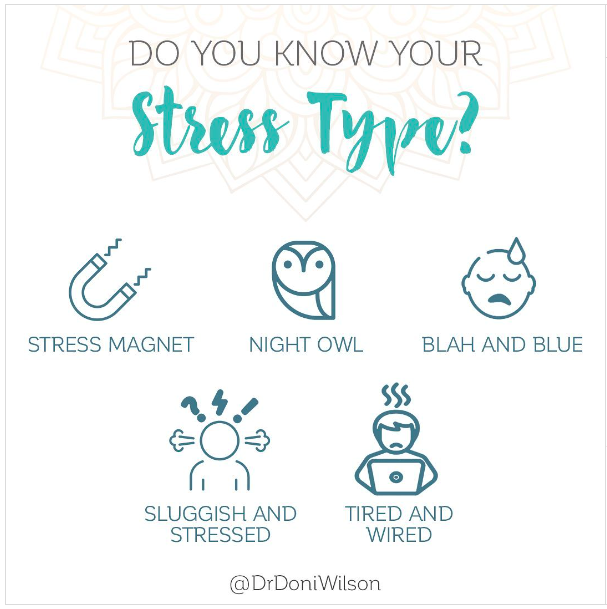
The 5 Burnout Types

Healing HPV Holistically: Dr. Doni on the Inspire Health by Jen Podcast
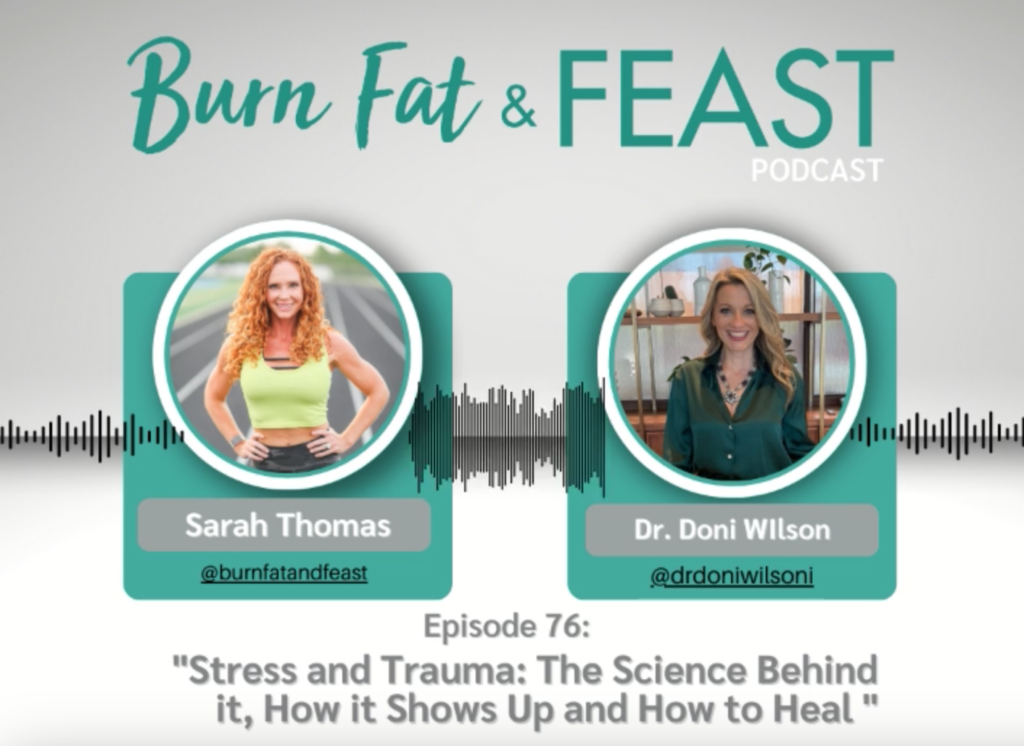
Recent Podcasts
Signup to receive our weekly newsletter with all the latest news, podcasts and special offers
New Book - Order Today!

SIMPLE PRACTICES for SHIFTING FROM YOUR STATE of STRESS to YOUR FLOW and FREEDOM
MASTER YOUR STRESS
RESET YOUR HEALTH
Order Now! Related Posts

What is making you susceptible to HPV?
I have been working with women who had abnormal cells on their cervix and/or vaginally, caused by HPV for over 20 years now. And while

The 5 Burnout Types
Did you know there are 5 burnout types? They are based on your Stress Type®, which is how your adrenal function has been affected by

Healing HPV Holistically: Dr. Doni on the Inspire Health by Jen Podcast
Dr. Doni was interviewed by Jen Ciszewski on the Inspire Health by Jen Podcast, talking about how to heal away HPV from your body for good.
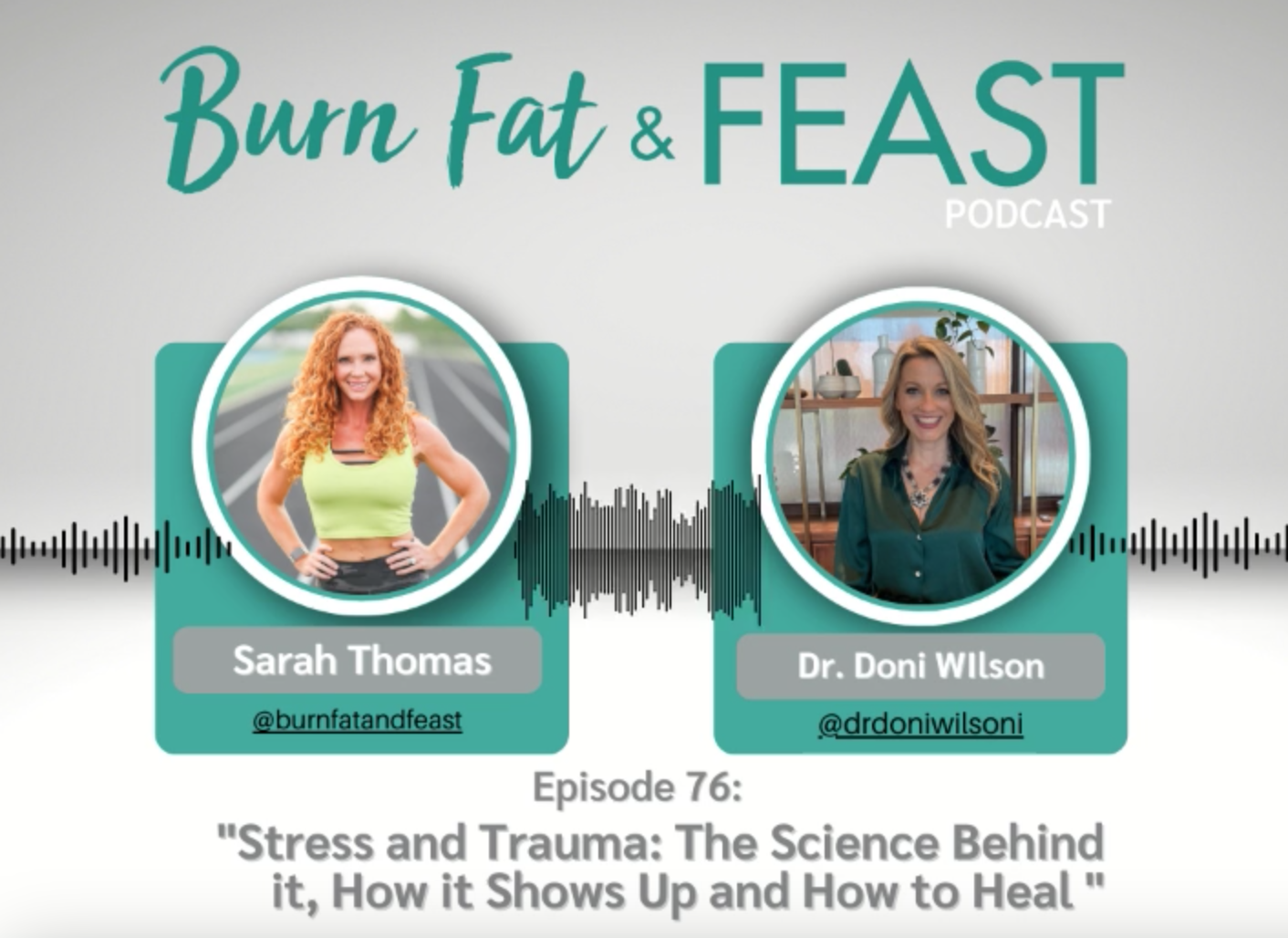
Stress and Trauma: The Science Behind It, How It Shows Up and How to Heal: Dr. Doni on The Burn Fat and FEAST Podcast
Dr. Doni was interviewed by Sarah B. Thomas on the Burn Fat and FEAST Podcast, talking about the impact of stress and trauma on our health and what to do to recover from them.

